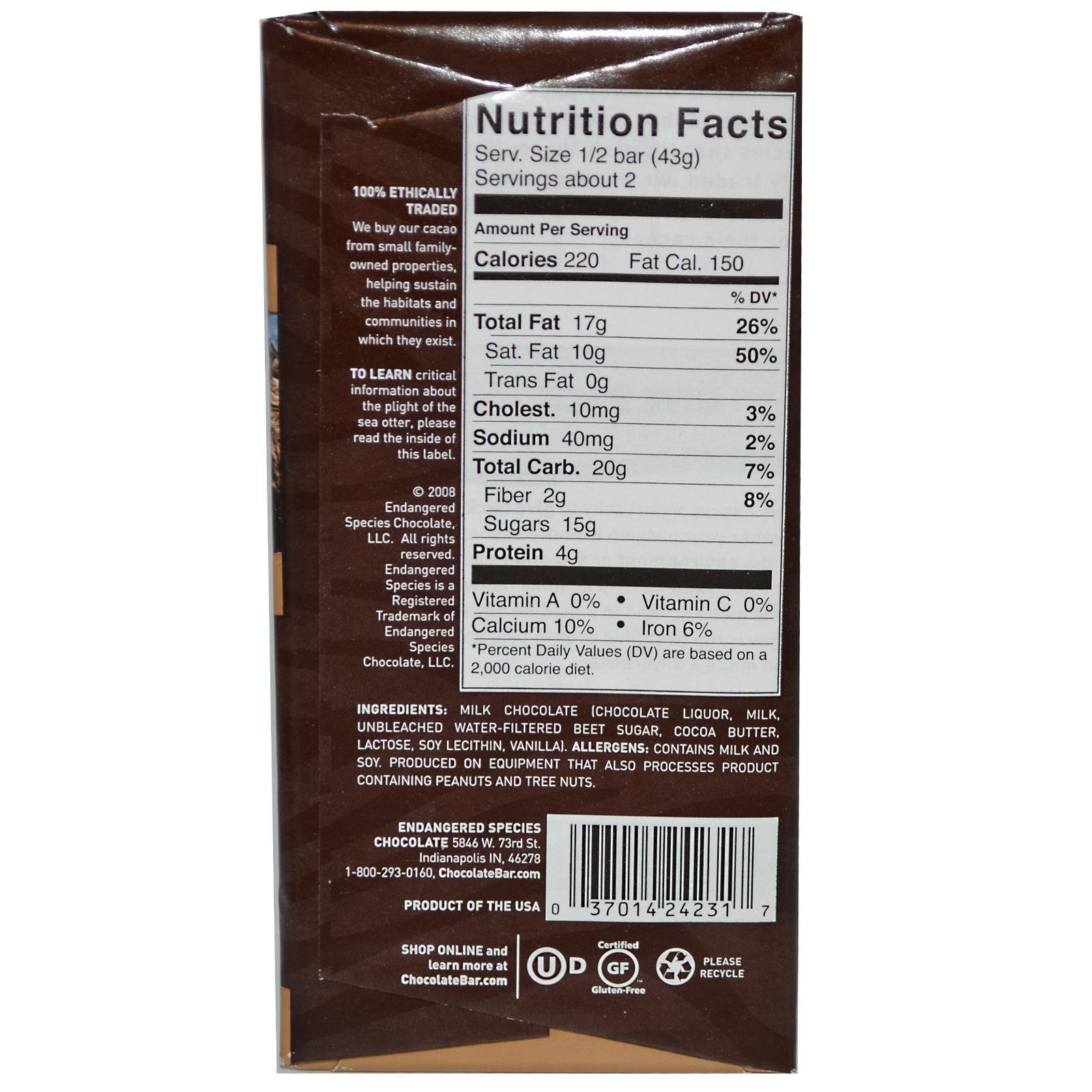Oliver Bakersfield is a seasoned pastry chef with over 15 years of experience in the industry. He's worked in Michelin-starred restaurants and now brings his expertise to Choco Harvest. Oliver's passion for chocolate and his knack for creative recipes make his articles a delight to read.
When it comes to finding the best chocolate, there are a few key factors to consider. First, let's talk about origin. The origin of the cocoa beans can greatly influence the taste and quality of the chocolate. Popular regions like West Africa, South America, and the Caribbean have distinct flavor profiles.
Next, let's decode those labels. Understanding terms like "cocoa content," "organic," "fair trade," "artisan," and "single origin" can help you make an informed choice. Labels can provide valuable information about the chocolate you're buying.
Now, let's explore the different types of chocolate. Dark, milk, and white chocolate each have their own unique characteristics. Dark chocolate has a higher cocoa content and a rich, intense flavor. Milk chocolate is creamy and sweet, while white chocolate is smooth and buttery.
Consider your own taste preferences when choosing the type of chocolate that suits you best. To help you decide, take a look at our comparison table below, which highlights the differences in cocoa content, sugar content, and flavor profiles.
Lastly, we want to hear from you! Take part in our community poll and let us know which type of chocolate you prefer. Your opinion matters to us.
Now that you have a better understanding of what to look for when buying chocolate, it's time to indulge in the best chocolate experience. Happy chocolate hunting!
🌍 Let's Travel: Understanding the Global Origins of Your Chocolate
When it comes to finding the best chocolate, one key factor to consider is the origin of the cocoa beans.
The region where the beans are grown can greatly influence the taste and quality of the chocolate.
Let's take a journey around the world and explore some popular cocoa-producing regions.
In West Africa, particularly countries like Ghana and Ivory Coast, you'll find a majority of the world's cocoa production.These beans often have a rich and robust flavor, with hints of earthiness and fruitiness.
South America, with countries like Ecuador and Venezuela, is known for producing high-quality cocoa beans.These beans often have a more complex flavor profile, with notes of nuts, berries, and even floral undertones.
The Caribbean region, including countries like Jamaica and the Dominican Republic, produces cocoa beans with a distinct flavor.These beans often have a smooth and creamy taste, with hints of tropical fruits and spices.
By understanding the origins of the cocoa beans, you can choose chocolates that align with your taste preferences.
Whether you prefer the bold flavors of West African cocoa or the nuanced profiles of South American or Caribbean cocoa, exploring different origins can elevate your chocolate experience.
🔍 Cracking the Code: How to Read Chocolate Labels Like a Pro
When it comes to choosing the best chocolate, understanding the labels on the packaging is key. Let's crack the code together and decode those labels like a pro!
First, let's talk about the cocoa content. This percentage refers to the amount of cocoa solids and cocoa butter in the chocolate. Generally, the higher the cocoa content, the more intense and complex the flavor.
Next, we have terms like 'organic' and 'fair trade'. Organic chocolate is made from cocoa beans that have been grown without the use of synthetic pesticides or fertilizers. Fair trade chocolate ensures that farmers receive fair wages and work in safe conditions.
Artisan chocolate is crafted by skilled chocolatiers who take pride in their craftsmanship. It often involves traditional techniques and high-quality ingredients. Single origin chocolate comes from a specific region or country, allowing you to explore the unique flavors of different cocoa bean varieties.
Now, let's take a closer look at a chocolate label:

- Brand Name: The name of the chocolate brand.
- Cocoa Content: The percentage of cocoa in the chocolate.
- Organic: Indicates if the chocolate is made from organic cocoa beans.
- Fair Trade: Shows if the chocolate supports fair trade practices.
- Artisan: Indicates that the chocolate is handcrafted by skilled artisans.
- Single Origin: Specifies the region or country where the cocoa beans were sourced.
Now that you know how to interpret chocolate labels, you're ready to make an informed choice. Remember to consider factors like origin, cocoa content, quality of ingredients, and the type of chocolate (dark, milk, or white) that suits your taste preferences. Happy chocolate hunting!
Understanding Chocolate Labels: A Visual Guide
🍫 Dark, Milk, or White: Exploring the Delicious World of Chocolate Types
When it comes to choosing the best chocolate, understanding the different types is essential. Dark, milk, and white chocolate each have their own unique characteristics that cater to different taste preferences.
Dark chocolate is known for its rich and intense flavor. With a higher percentage of cocoa, it offers a more pronounced bitterness and a deep chocolate taste. It pairs well with bold flavors like coffee or red wine. Learn more about dark chocolate.
Milk chocolate, on the other hand, is sweeter and creamier. It contains a higher proportion of milk solids and sugar, resulting in a smoother texture and a milder chocolate flavor. Its sweetness makes it a popular choice for those with a sweet tooth. Learn more about milk chocolate.
White chocolate is made from cocoa butter, sugar, and milk solids. It has a creamy and buttery taste with hints of vanilla. It lacks the bitterness of dark chocolate and is loved by those who prefer a sweeter and milder chocolate experience. Learn more about white chocolate.
Whether you enjoy the intense richness of dark chocolate, the smooth sweetness of milk chocolate, or the creamy indulgence of white chocolate, there is a type of chocolate to suit every taste preference. So go ahead, explore the delicious world of chocolate and find your perfect match!
Comparison of Dark, Milk, and White Chocolate
To help you understand the differences between dark, milk, and white chocolate, let's take a look at a comparison table that breaks down the key characteristics of each type. This includes their cocoa content, sugar content, and flavor profile.
| Type of Chocolate | Cocoa Content | Sugar Content | Flavor Profile |
|---|---|---|---|
| Dark Chocolate | 70-85% | 15-30% | Rich and intense with a bitter edge |
| Milk Chocolate | 10-20% | 45-55% | Sweet and creamy with a mellow cocoa flavor |
| White Chocolate | 0% | 55-65% | Sweet and creamy with a subtle vanilla flavor |
As you can see, each type of chocolate has its unique characteristics. Whether you prefer the high cocoa content of dark chocolate, the balanced sweetness of milk chocolate, or the creamy, sweet indulgence of white chocolate, there's something for everyone. Now, we'd love to hear from you. What's your favorite type of chocolate?
What's Your Chocolate of Choice?
Now that you've learned about the differences between dark, milk, and white chocolate, we're curious to know: which type do you prefer? Cast your vote below!















